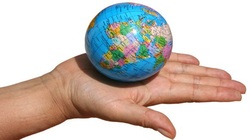 World Cultural Geography- Today we completed our assignment on the population pyramids of different countries. For less developed countries we notice the extremely high young population and for more developed countries we can see a more uniform population with people dying at older ages and in some circumstances the population going down because they are an older community. AP Human Geography- Today we finished up the chapter and started some addiitonal reading from the Why Geography Matters book. If you were not here make sure to get the worksheet, it will be due Thursday before the test.
0 Comments
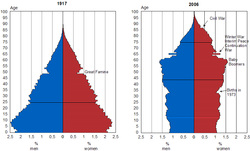 World Cultural Geography and AP Human Geography- Today we introduce population pyramids. Population pyramids are bar charts that show the age distribution for males and females in a particular place. The structure of the pyramid can tell us a lot about the makeup of the population and potential problems the place may face due to the way their population is structured. 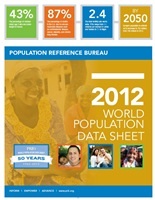 The next couple days we will be going over the World Population Data Sheet and we show some trends in the data. In general, LDC's have higher birth rates and death rates and MDC's have declining birth rates and death rates. Make sure you know at least the top 3 populated countries (China @ 1.35 billion, India @1.26 billion, and the US @ 314 million) and that the World population is at 7.058 billion. 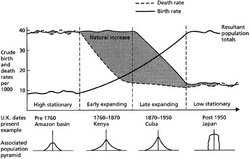 World Cultural Geography- Today we looked at what statistics demographers (population researchers) look at. The main statistics we look at are the Crude Birth Rates (CBR), Crude Death Rates (CDR), Natural Increase Rate, and Total Fertility rate. AP Human Geography- Today we looked at section 2.3, the Demographic transition model (DTM). Make sure you know why birth and death rates are high at the beginning and low at the end. Make sure you know why in stage two, births are high but deaths decrease. Make sure you know why in stage 3, births decrease and why deaths are still low. In addition be able to provide specific example of at least two countries for each stage of the DTM. 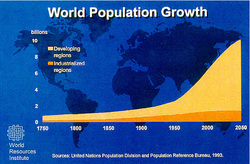 World Cultural Geography and AP Human Geography- This week we are talking about the World population. We discuss the rise of population over time, the idea of overpopulation and how it is not linked to lots of people crammed into an area, crude birth rates around the World, crude death rates around the World, etc... We break up the world into regions and look at where people live and why and why certain areas have higher population rates than others.  World Cultural Geography- Yesterday we had a test review and today we took the test. Tomorrow we will work on test corrections and Friday we will be in the Media Center for an orientation on media center procedures. AP Human Geography- Today we had review (check the assignments section for additional test prep). Tomorrow we have the test and Friday we will be in the Media Center for an orientation on media center procedures.  Today we discussed globalization and how we as a world community are interacting with each more than ever before. This interaction leads to interdependence with one another and also a more uniform society. The big question is that as we strive towards a global community how do we remain unique if we are all being bombarded with the same images which make us 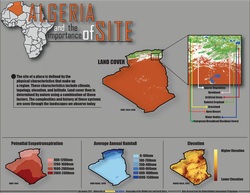 World Cultural Geography- Today we discussed latitude and longitude and the various timezones of the world. We also looked at why the Prime Meridian is located where it is and what the international date line means. AP Human Geography- Today we discussed timezones as well as SITE vs. SITUATION. 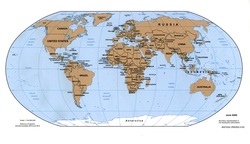 Today we discussed the different aspects of maps and geography. In AP Human Geo we looked at the Land Ordinance of 1785, different map projections, and how we use technology in map making and geography. In World Cultural Geography we looked at the different aspects of a map including the equator, the prime meridian, latitude an |


 RSS Feed
RSS Feed
